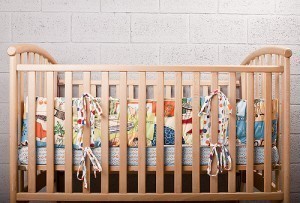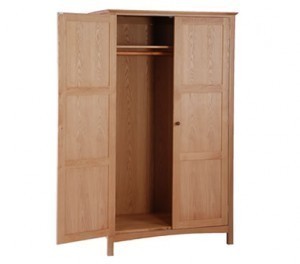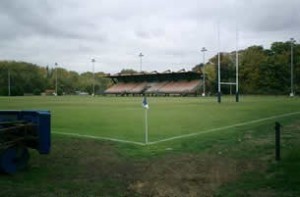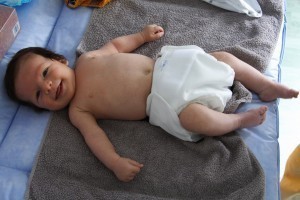Dimensions for Home Gym Design
If you’re the type of person who’d rather work out in the privacy of your own home, you’ll need to design your own home gym. But there is 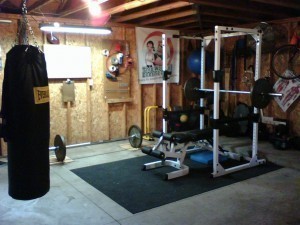 more to it than just buying a few pieces of gym equipment and jamming them into a corner. You need to consider the size of your house and how much of it you have at your disposal. That will decide what you can and can’t do with your home gym. Now here’s what you need to know about dimensions for home gym design.
more to it than just buying a few pieces of gym equipment and jamming them into a corner. You need to consider the size of your house and how much of it you have at your disposal. That will decide what you can and can’t do with your home gym. Now here’s what you need to know about dimensions for home gym design.
Check the size and shape of the room. Measure the length, width and height. You will use this information as a guide when buying gym equipment. You don’t want to end up with a treadmill that won’t even fit through the door. Or a bar that takes up half the total space you’ve got.
With small rooms, you’re better off working with basic, light equipment only. Exercise mats won’t be a problem. Get dumbbells instead of bars. Also limit usage to one person at a time only. Two or more people could lead to gym equipment falling over and hurting someone.
The ideal dimensions for home gym design should be the same as a large room. Bigger than a small square apartment room. It will have enough space gym equipment such as a jungle gym, punching bag and treadmill. Leave room for a mat for your stretches or yoga. To see what you’re doing, install a full-body mirror on the wall. The room must be well-ventilated.
If the only workable area is a hallway, your choices of limited. You can use it walking and sprinting. And maybe weightlifting with dumbbells and calisthenics. But anything heavier, no.
You can design your own home gym in the basement. Unfortunately you won’t get any fresh air into it. So you’ll need to install an air-conditioning unit. (Less than ideal for healthy living.) Basements are easy to work with though, since they’re often spacious. You can put just about anything you want in it.
Suppose you have a big backyard or garage. Well, the garage isn’t really a smart choice since you’ll have your car in it too. As for the backyard, you’ll get the space you need. But you’ll need to find a way to protect your gym equipment from the elements.
Now what about an irregularly shaped rooms? Easy. Use the small nooks to store small items like dumbbells and extra plates. Save the most space for chief exercises.
Always determine the dimensions for home gym design first. Only after you’ve figured this out should you plan an exercise program and buy equipment.
